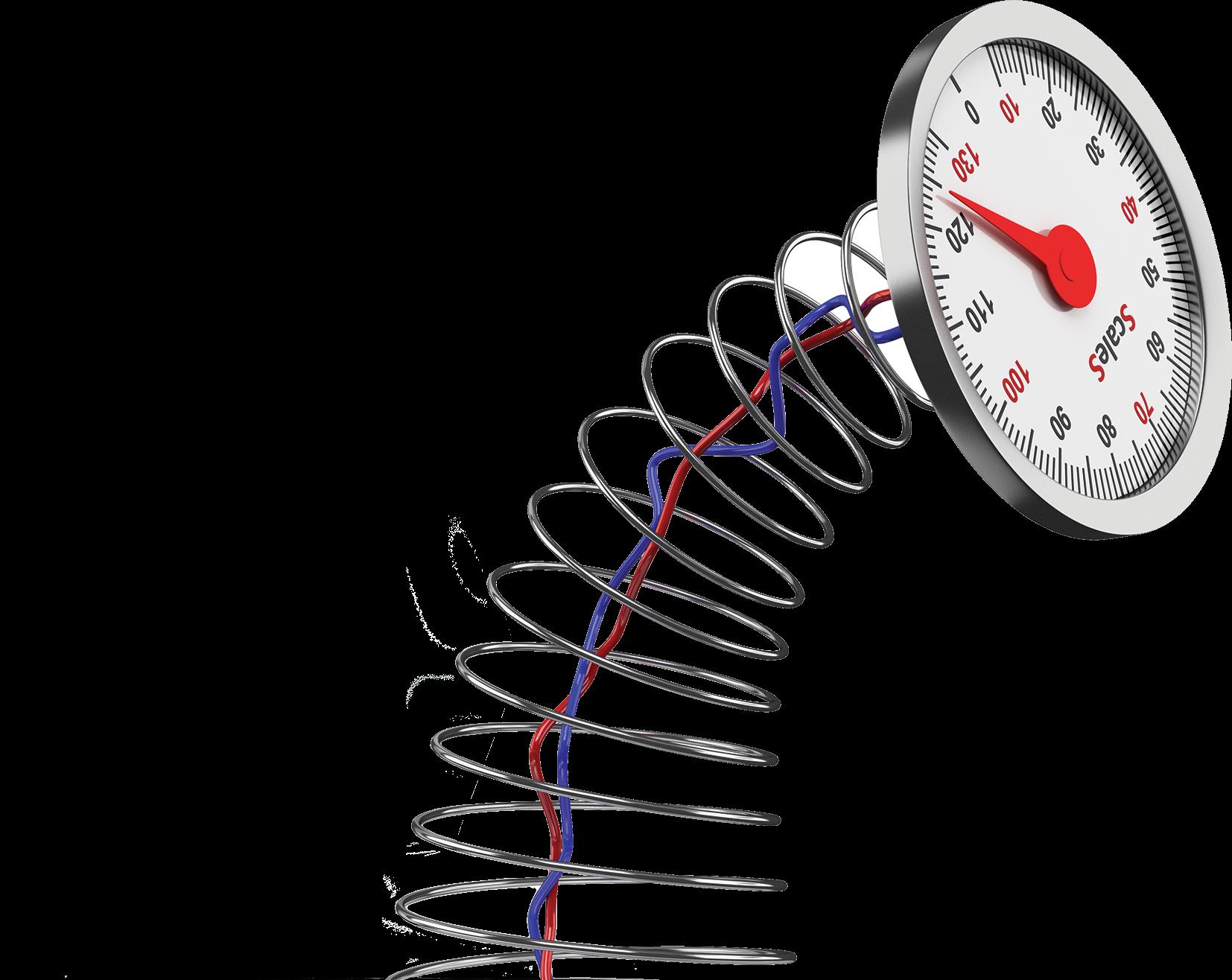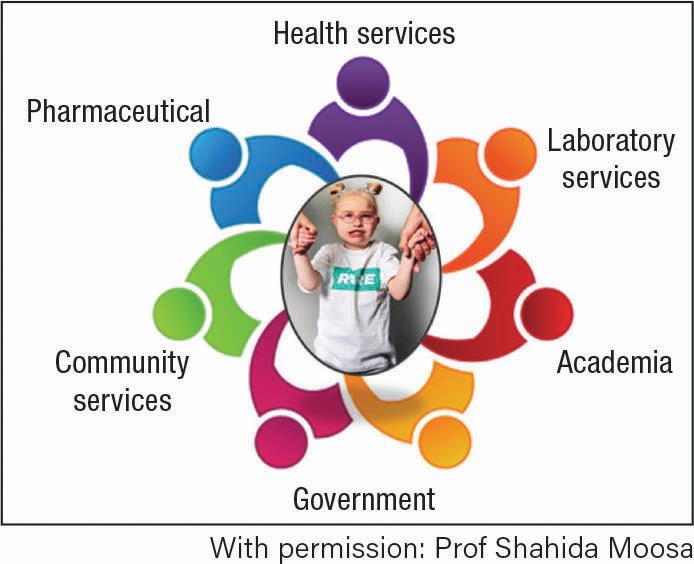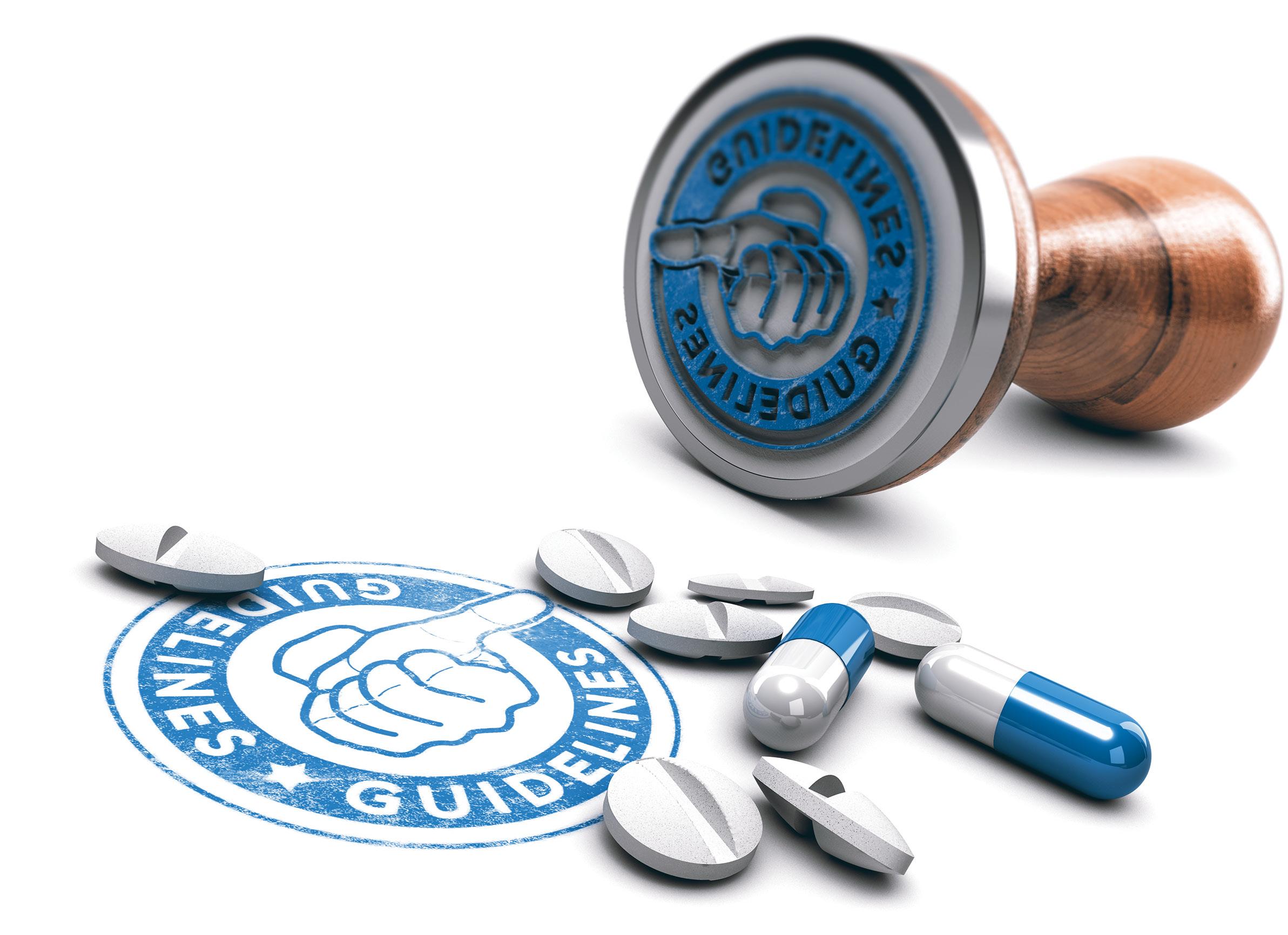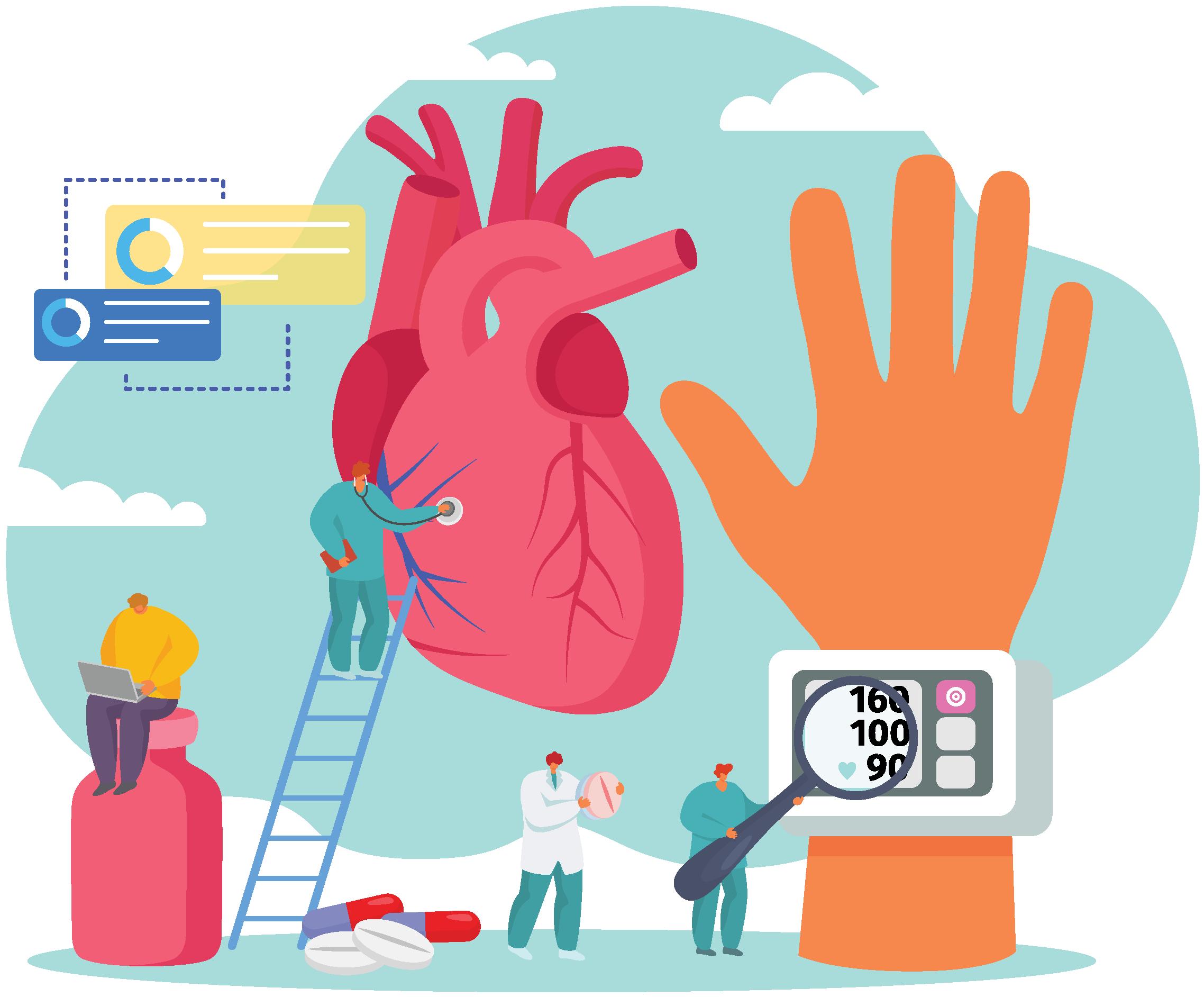48
SF | CARDIOLOGY
September 2021 | Vol. 21 No. 9 www.medicalacademic.co.za
This article was independently sourced by Specialist Forum.
Photo credit: Shutterstock.com
BP-lowering pharmacotherapy should be the foundation of RISK RISK PREVENTION PREVENTION
Numerous studies have demonstrated a log-linear relationship between elevated blood pressure (BP) and a higher risk of cardiovascular disease (CVD), which increases substantially with age.1
A
bout 36.1% of males, 33.2% of females in the age group 45- to 54-years have hypertension and in the age group 55- to 64-years, the figures double to 57.6% and 55.5% respectively. Patients aged between 65- and 74-years, 63.6% of males and 65.8% of females, and in older patients (>75-years), 73.4% of males and 81.2% of females, have hypertension.1 Hypertension is slightly more common in women and conveys an increased risk of heart failure (3-fold) in comparison to men (2-fold). Women are also more likely to have uncontrolled blood pressure.1
Hypertension and angina Patients with hypertension often present with typical anginal chest pain, caused by functional and structural mechanisms that affect coronary microcirculation. Patients with hypertension and microvascular angina often show slow flow and tortuous coronary arteries, suggestive of small vessel obstruction. 2 Common structural abnormalities implicated in hypertension include capillary rarefaction and left ventricular hypertrophy. Functional abnormalities contributing to microvascular angina, include insulin resistance that leads to endothelial dysfunction, and oestrogen
deficiency in post-menopausal women or women who have undergone a hysterectomy. 2
What is angina? Angina, or chest pain, is the most common symptom of ischaemic heart disease, a major cause of morbidity and mortality worldwide. Angina is one of the signs of acute coronary syndrome and can further be subdivided into stable and unstable angina. Stable angina is defined as the occurrence of symptoms with exertion only. Unstable angina or symptoms occurring at rest requires more prompt evaluation and management. 3
















